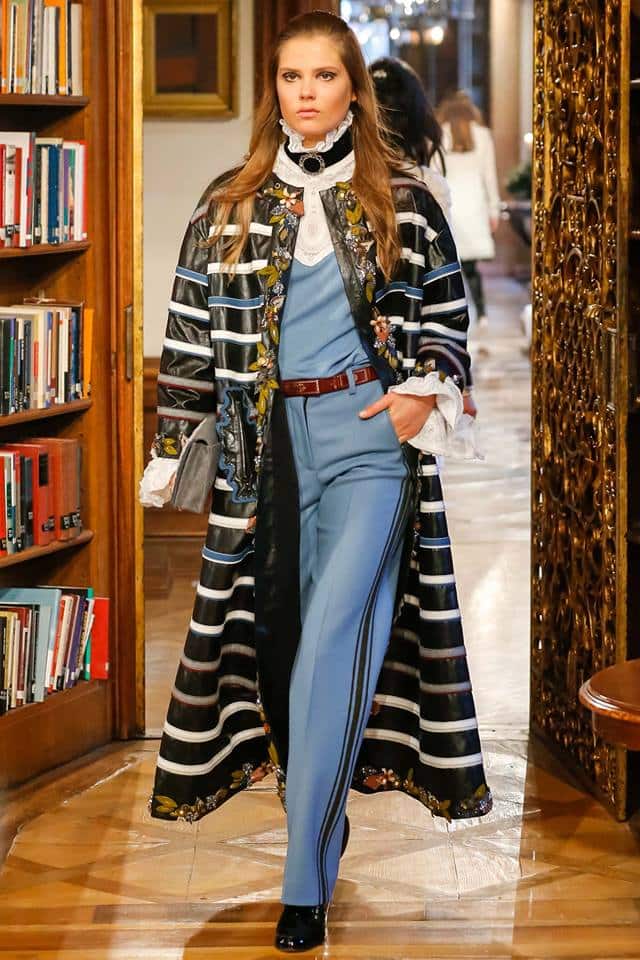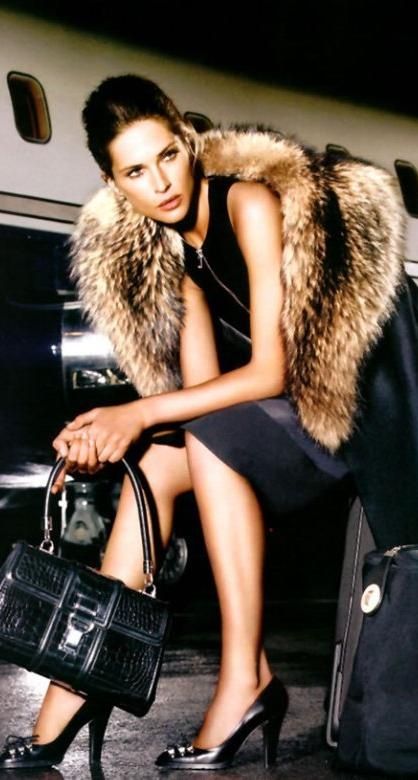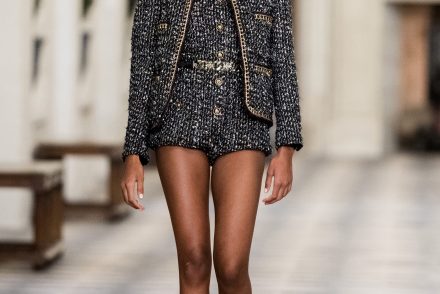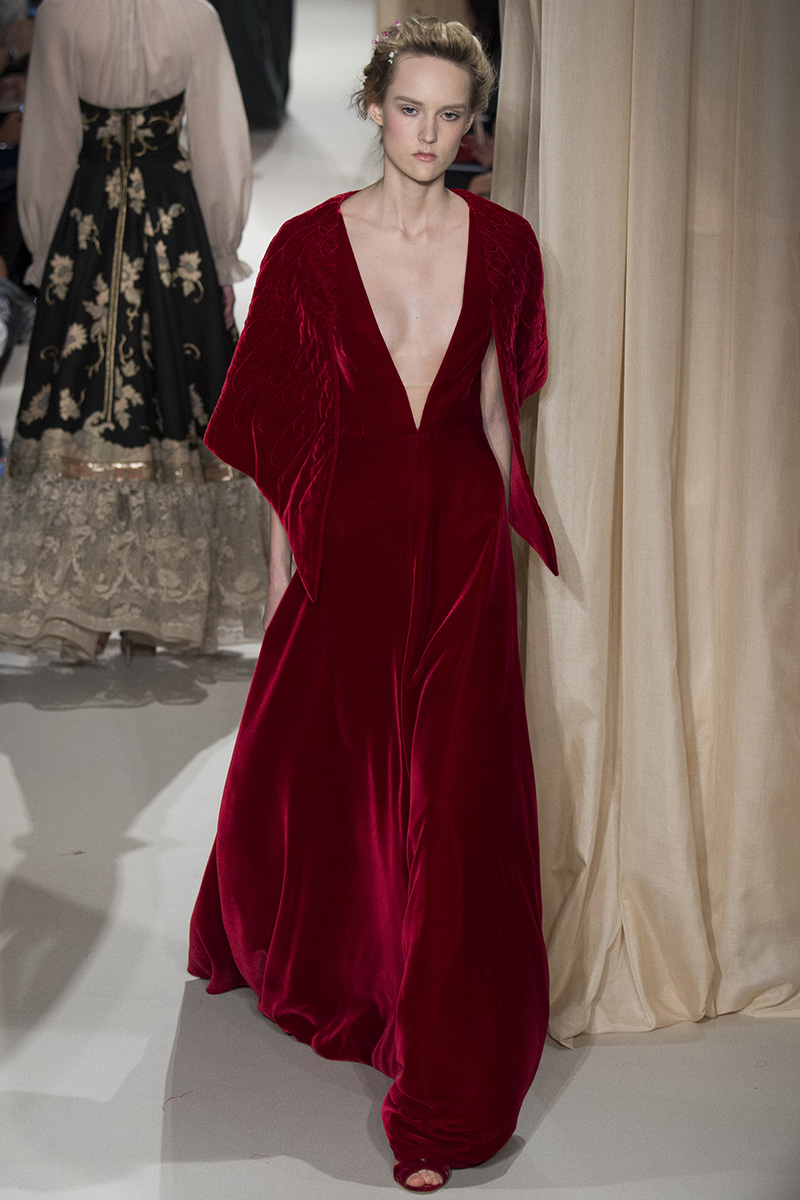CHANEL held its now-highly anticipated Metiers d’Art showcase in the city of Salzburg yesterday, drawing from Tyrolean style and Austrian tradition to include elements of dirndls, lederhosen and other modern alpine elements.









































































PARIS-SALZBURG
-
DECEMBER 3RD, 2014
DECEMBER 3RD, 2014
PARIS-SALZBURG
-
DECEMBER 3RD, 2014
BACKSTAGE
Métiers d’Art Paris-Salzburg show.
Photos by Benoit Peverelli
-
DECEMBER 3RD, 2014Par Françoise-Claire Prodhon

THE CHANEL JACKET
BY FRANÇOISE-CLAIRE PRODHONThe story of the Chanel jacket all began with the invention of the suit in the early 1950s. This modern, comfortable garment, combining masculine and feminine elements, was Gabrielle Chanel’s answer to the style of the 1950s, which she considered too constraining and not adapted to women’s lives.
“A Chanel suit is made for a woman who moves,” said Gabrielle Chanel, adding: “I really care about women, and I wanted to dress them in clothes that make them feel at ease, clothes they can wear to drive a car, but that still emphasize femininity”. It was immediately successful, and the suit along with its jacket became essential items in women’s wardrobes, the synonym of freedom and casual elegance.
The jacket, worn with a wrap-around skirt, is unique, taking inspiration from traditional Austrian men’s jackets. This jacket in tweed, one of Mademoiselle Chanel’s signature fabrics, was designed like a second skin: straight, structured, with an edge-to-edge closure and no shoulder pads or stiff interfacing.To reconcile flexibility and support, the jacket front is cut on the grain, without darts at the bust. The back is cut the same way, simply separated by a center seam. Vertical side panels join the front and back. The sleeve, cut on the grain, meets the bodice at the top of the shoulder. It is slightly angled with darts at the elbow to follow the shape of the arm for ease of movement and comfort. To ensure this perfect freedom of movement, Mademoiselle Chanel would take her customers’ measurements with their arms crossed and hands resting on their shoulders. The silk lining of the jacket is cut with the same criteria ensuring comfort. A delicate chain sewn into the lower part of the jacket ensures that it falls impeccably. The graphic aspect is emphasized by the braid (grosgrain braid, knitted, etc.) that outlines the contours of the jacket, the pocket edges, and the cuffs. The pockets are placed to make it easy to slip the hands in. The jacket is done up with jewel-like buttons stamped with the lion’s head motif (Mademoiselle Chanel’s astrological sign was Leo), sheaves of wheat, camellia, or the double C logo.
Reinvented every season, the jacket has become one of the iconic elements of the Chanel style. “Actually, the Chanel jacket is inspired by the traditional Austrian men’s jacket. Coco Chanel invented a type of garment that did not exist in this exact form, and this is an achievement that no one can take away from her. It is one of the symbols that defines the Chanel style.” As Karl Lagerfeld has said, “In the world of fashion, some things never go out of fashion: jeans, a white shirt and a Chanel jacket”.
Françoise Claire Prodhon
source:Chanel Official






































1 Comment